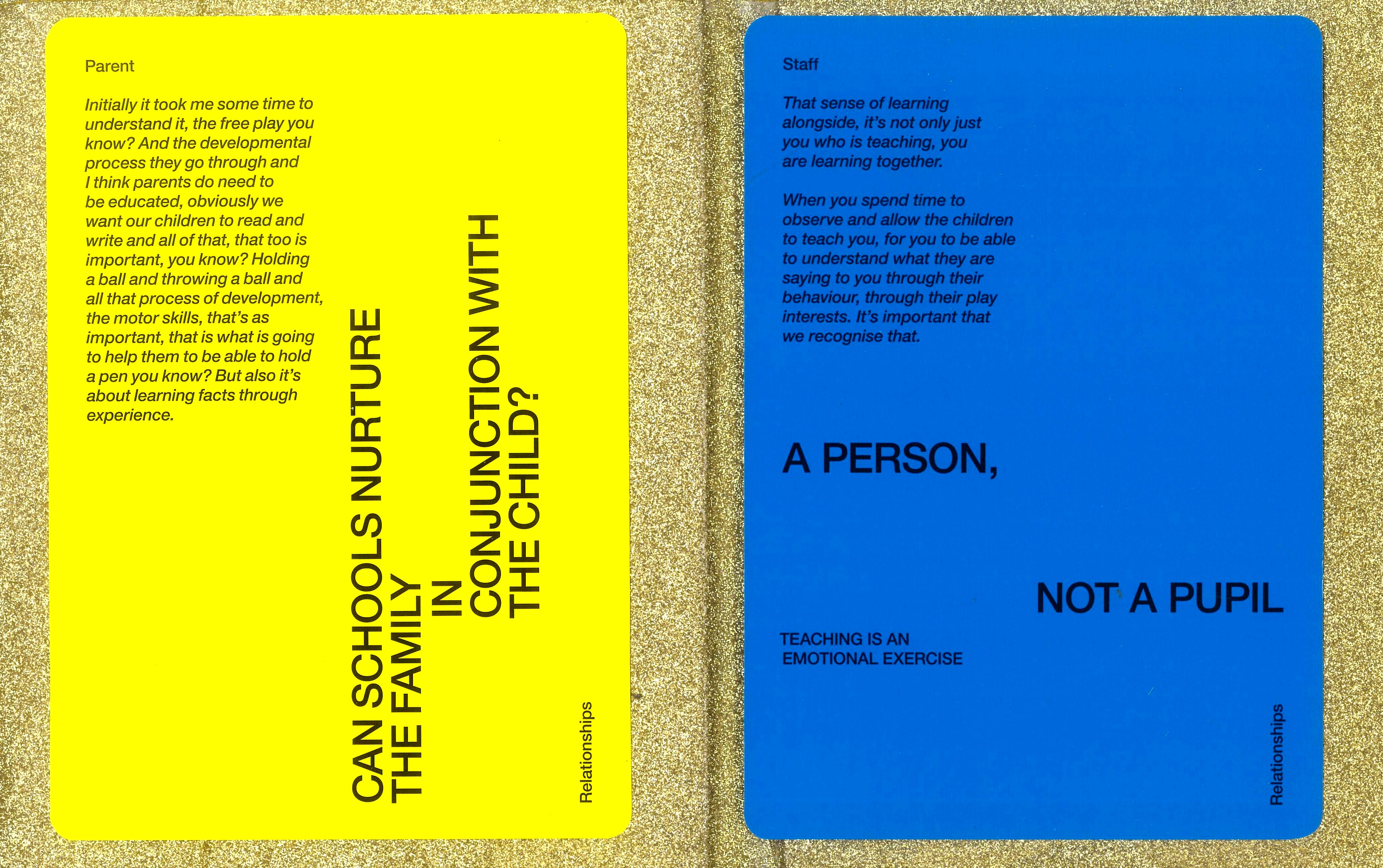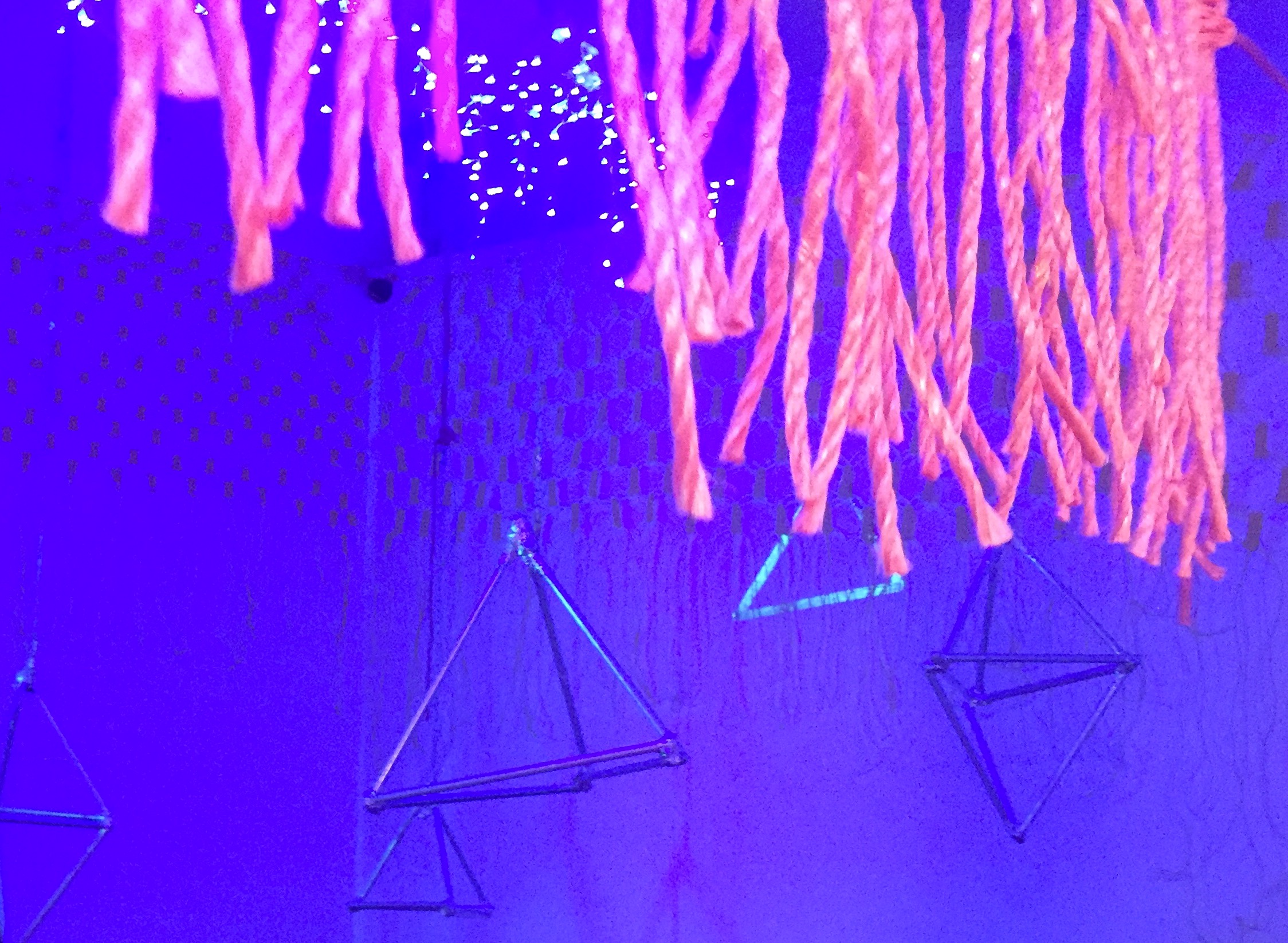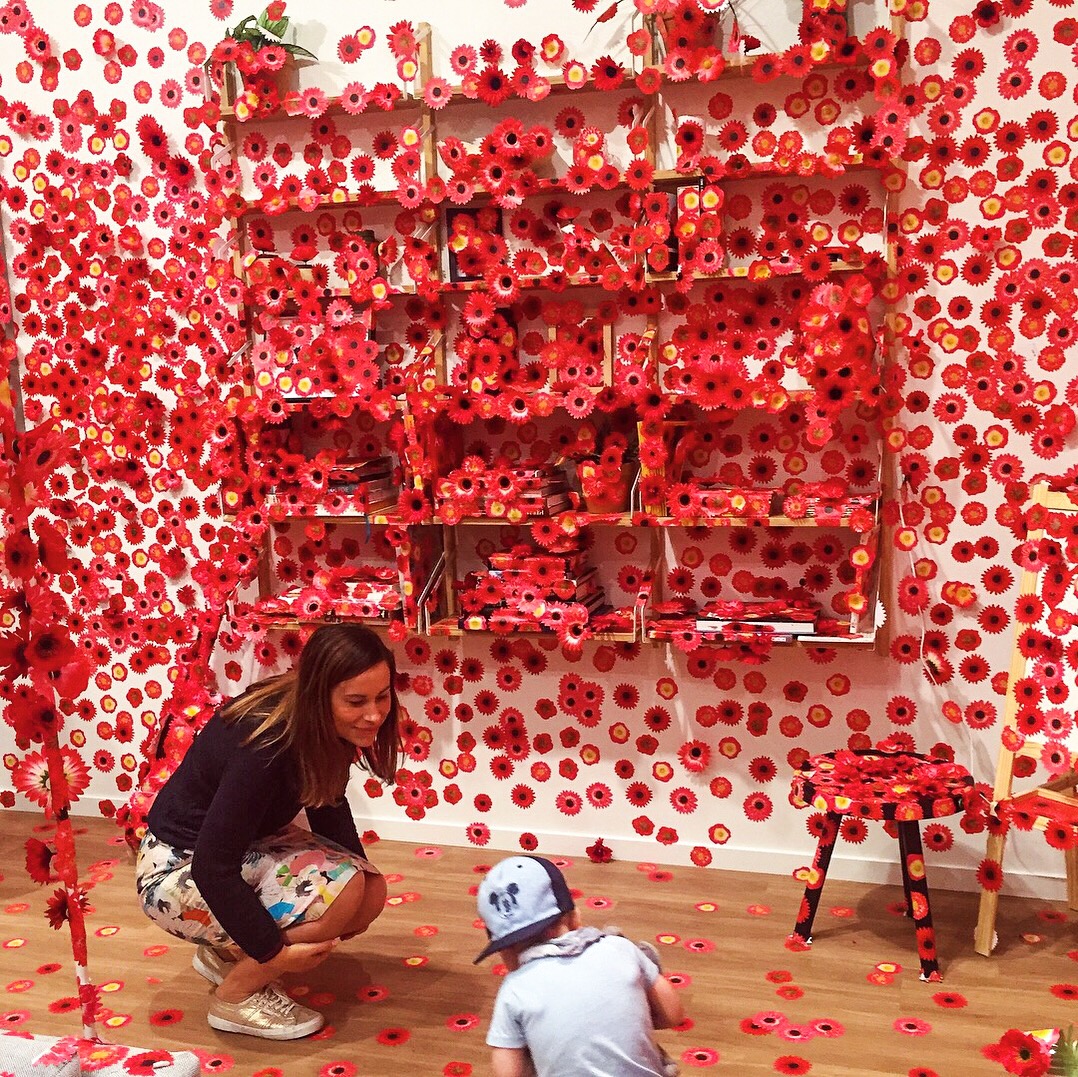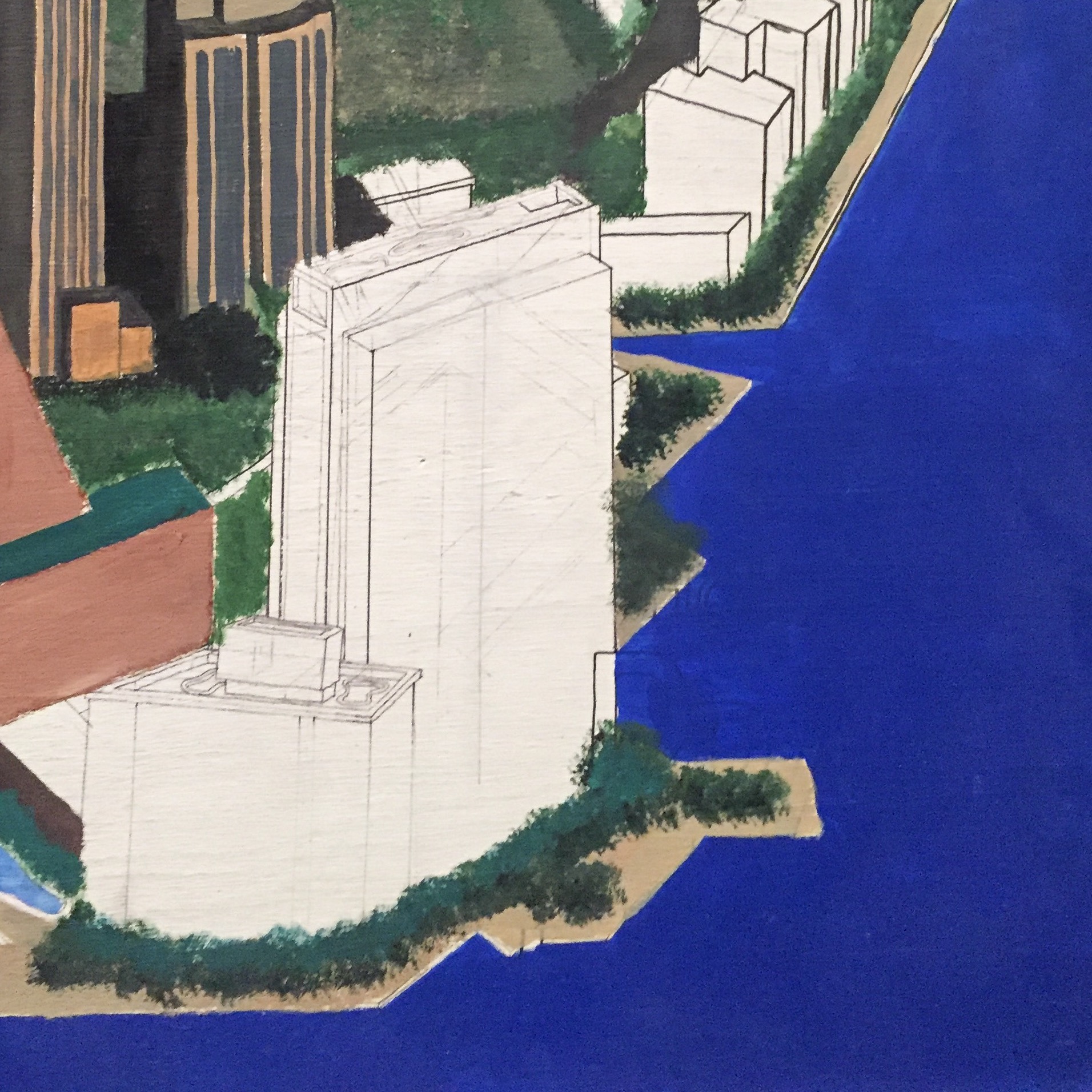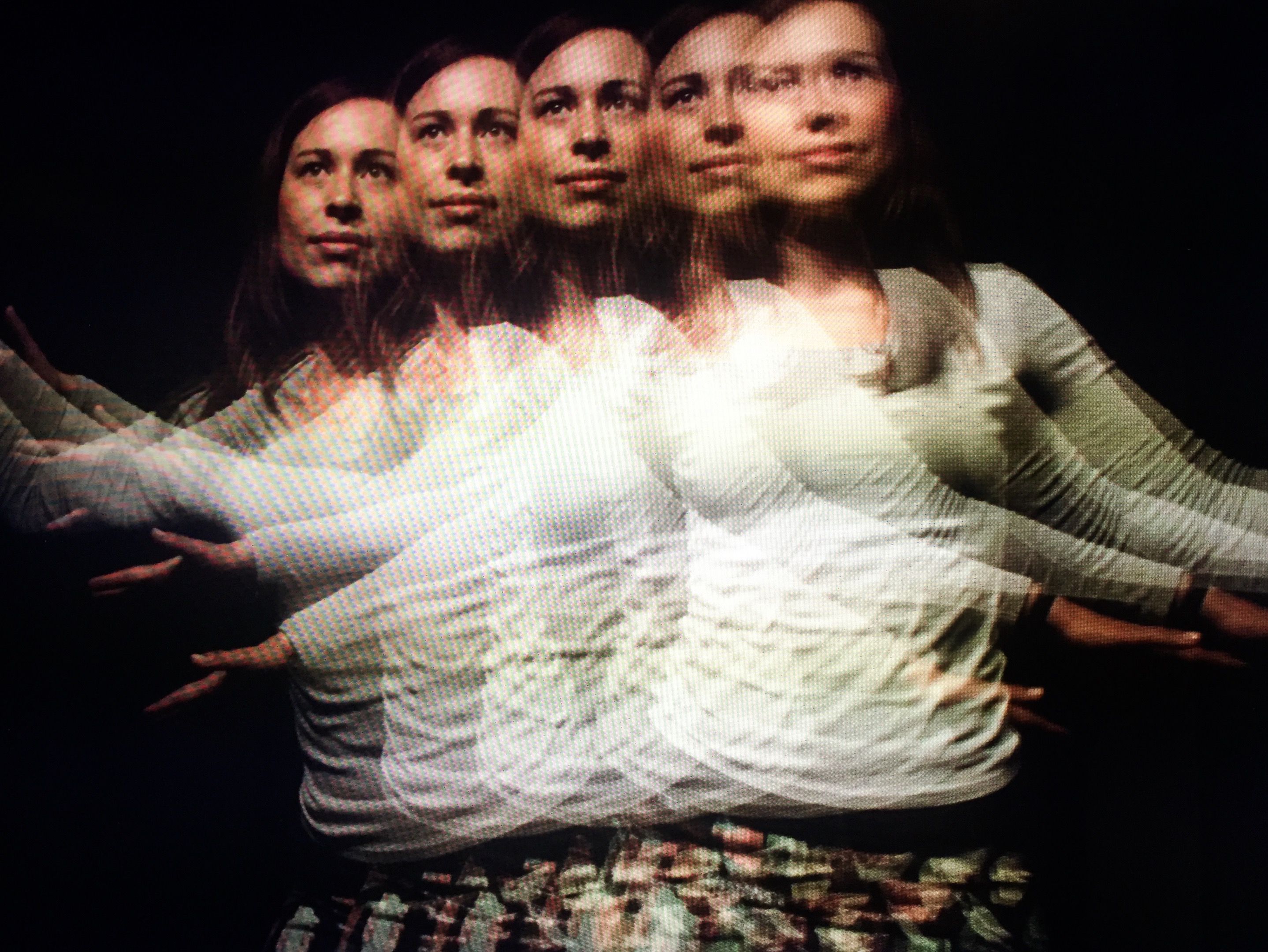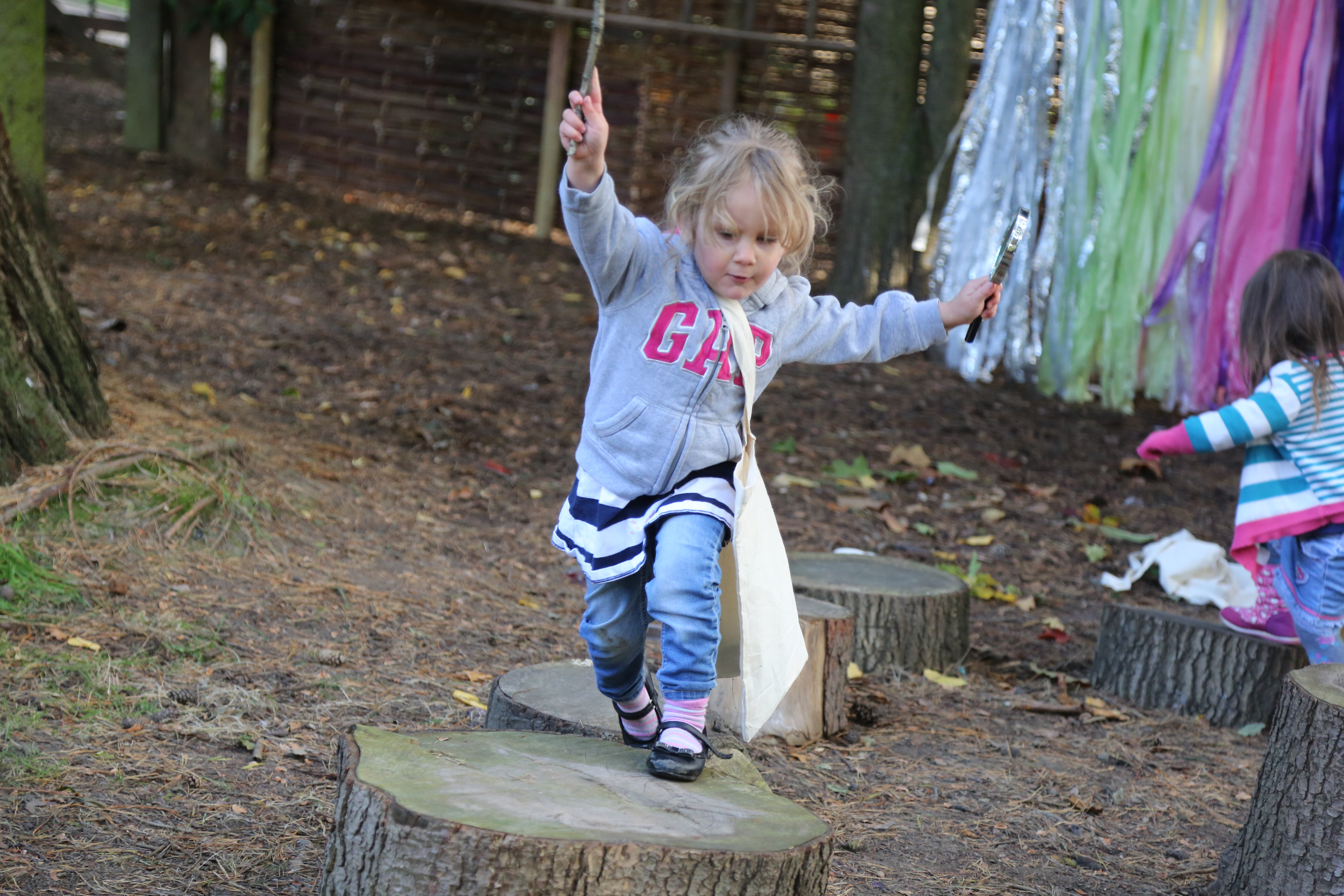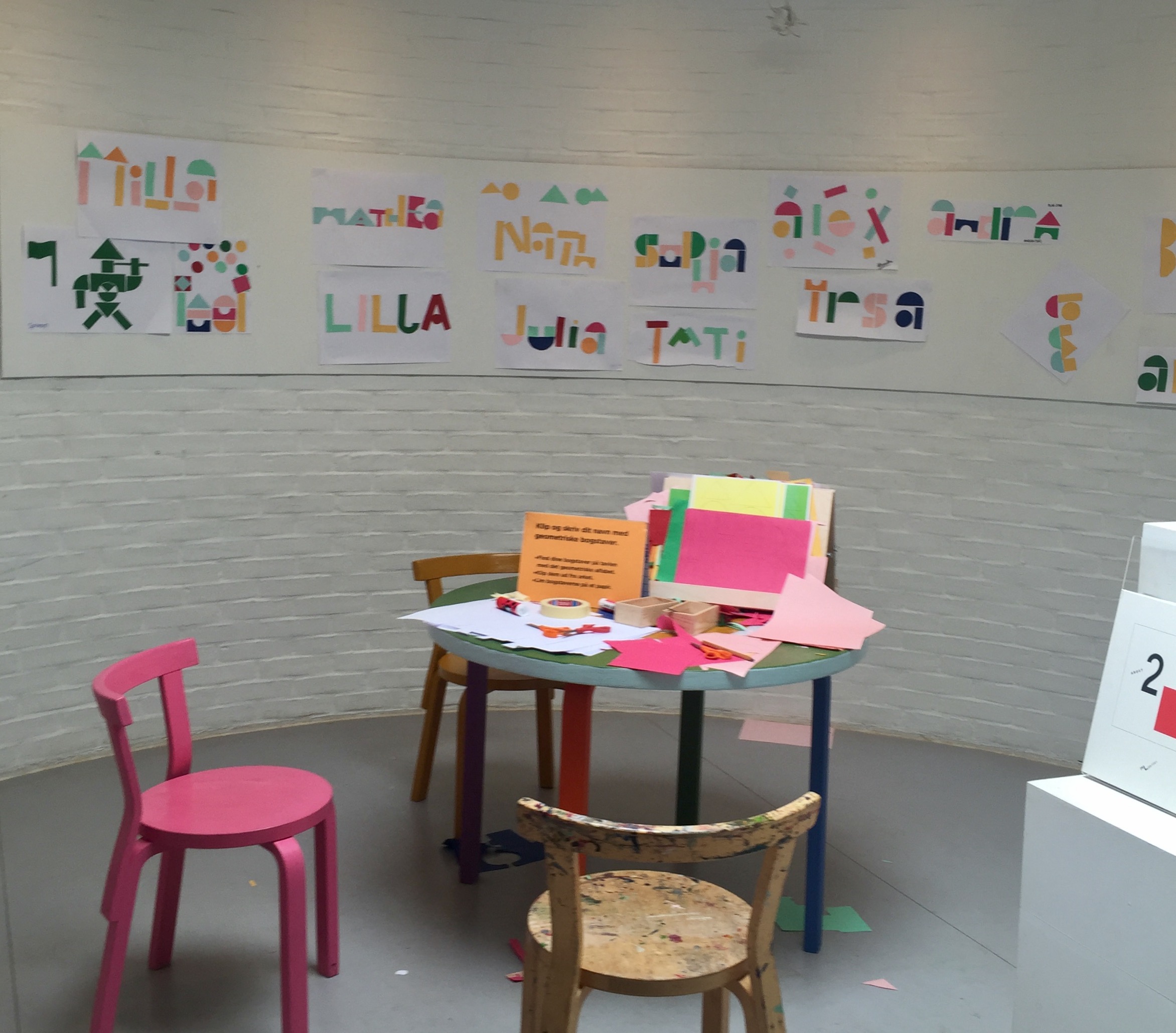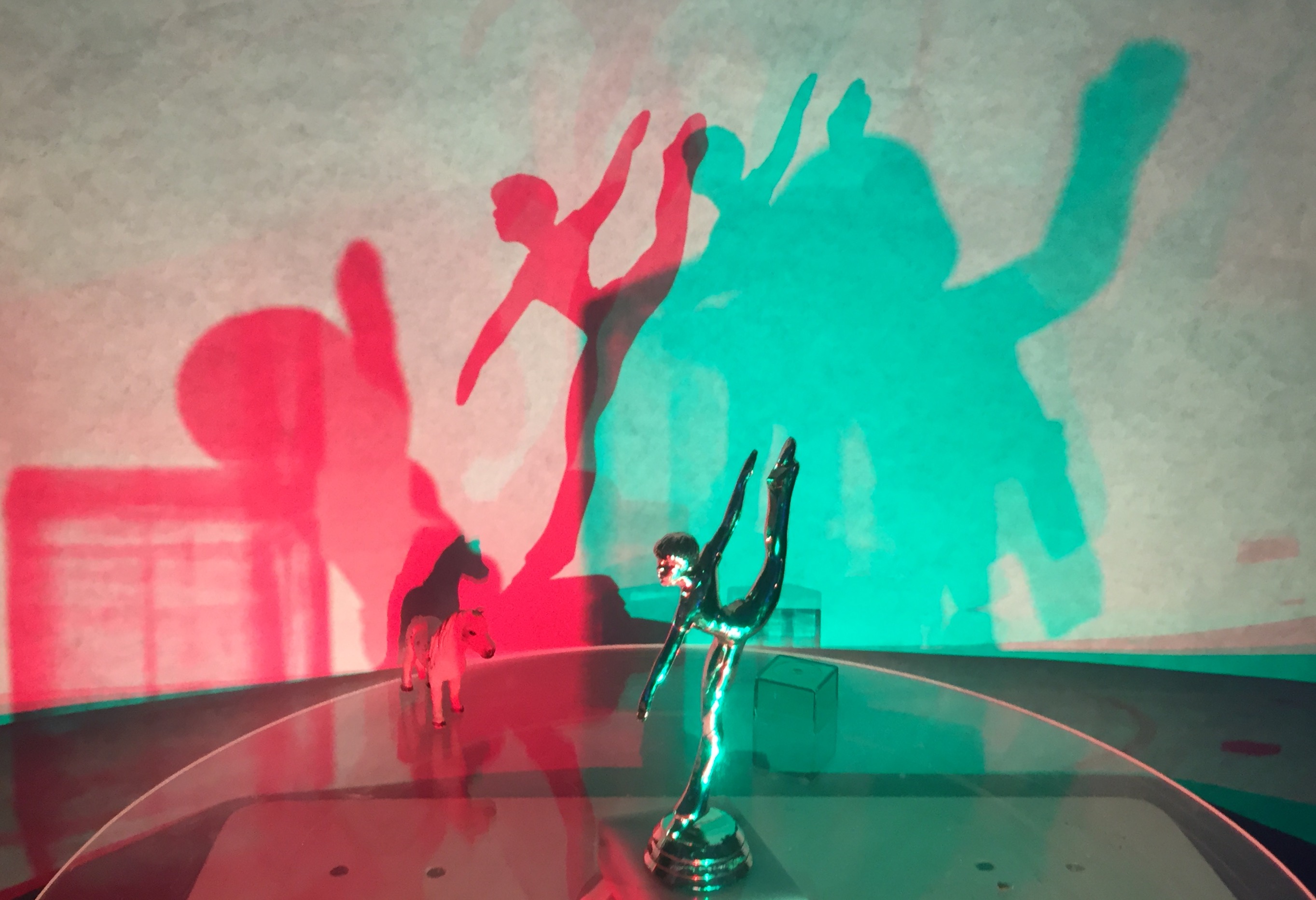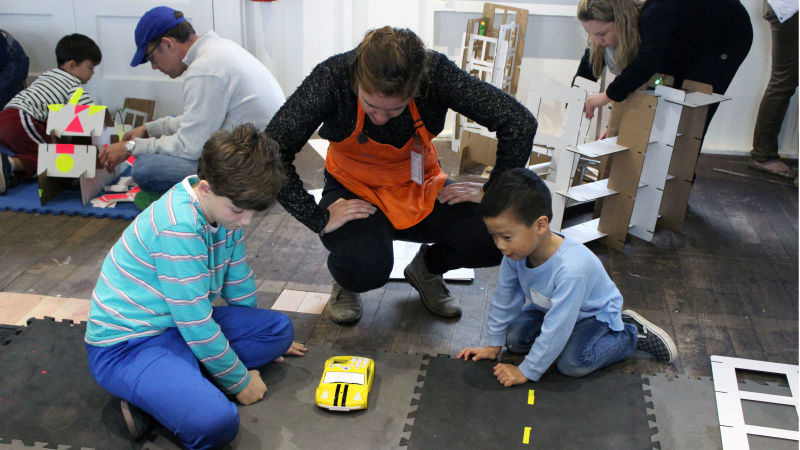This post looks at Serpentine Galleries’ ‘Play as Radical Practice’ toolkit, a creative resource produced between the Gallery’s learning team, artist Albert Potrony and the Portman Early Childhood Centre (UK).
The Children’s Sensory Art Lab at C3 Gallery, Melbourne
This post looks at the Slow Art Collective’s ‘Children’s Sensory Lab’ (January 8-21, 2017) at C3 Gallery in Melbourne, Australia. Last week I visited the Children’s Sensory Art Lab at C3 Gallery in Melbourne, Australia. The lab was created Dylan Martorell and Chaco Kato from the Slow Art Collective – an interdisciplinary artistic group dedicated to exploring creative practices and the ethics of environmental sustainability, materiality, DIY culture and participation. The collective describe ‘slow art’ as: “… the slow exchanges of value rather than the fast, monetary exchange of value. It is about the slow absorption of culture through community links by creating something together and blurring the boundary between the artists and viewer. It is a sustainable arts practice, not an extreme solution; a reasonable alternative to deal with real problems in contemporary art practice.” (Slow Art Collective website) The Sensory Art Lab featured six different material environments spread…
The NGV Triennal in Melbourne, Australia
This post looks at the National Gallery of Victoria’s slick new ‘Triennal’ blockbuster exhibition, including the gallery’s dedicated children’s space ‘Hands on: We make carpet for kids.’ I have spent the past few weeks in my hometown of Melbourne, Australia escaping the bleak English winter. During this time I have been fortunate enough to break up my thesis writing with beach swims and time with family and friends. Last week I headed into Southbank to checked out the National Gallery of Victoria’s new contemporary art exhibition, Triennial. The exhibition is the first of what I presume will be a series of exhibitions held every three years that aim to showcase ‘the world of art and design now.’ The day I visited, the gallery was absolutely heaving with visitors young and old. I had actually never seen so many people inside an Australian art museum before. It was great to see the gallery so…
The Museum of Old and New Art in Hobart, Australia
This post features reflections on my recent visit to The Museum of Old and New Art or MONA in Hobart, Australia. I discuss the ‘O,’ a custom-designed mobile experience for museum visitors that replaces traditional wall-mounted interpretation texts. Last month I travelled to Tasmania to checkout MONA’s latest exhibition, The Museum of Everything. The show features an array of works by artists who ‘fall outside the confines of the art world proper, the work of ordinary people, working far from the cultural metropolis’ (MONA website, 2017). After visiting MONA for the first time in 2014 and LOVING IT, I was super excited to return to see their new stuff. MONA is the lovechild of David Walsh, a professional gambler and art lover who opened the museum in 2011. Built underneath a cliff-face that overlooks the River Derwent, the museum has exhibited an array of controversial and thought-provoking art including Patricia…
5 great children’s spaces in the Bay Area, California
I was fortunate enough to recently spend a month in California, mainly in and around San Francisco. During this time I visited a handful of children’s learning spaces and met with a bunch of lovely, passionate people working in both formal and informal learning contexts. The places listed below are places that I visited or that came highly recommended. I hope you find these equally as inspiring as I did! The Brightworks School Founded by Gever Tulley who also started The Tinkering School, Brightworks is a project-based learning heaven that ‘weaves learning and life experiences together.’ In the every day runnings of the school, children are put into mixed-aged group teams and encouraged to investigate real-world problems collectively. ‘The Arc’ (I interpret this term to mean the pedagogical principles that drive the learning processes at the school) consists of three phases: exploration, expression and exposition. Learners move through these cycles, allowing for…
Yorkshire Sculpture Park’s family learning program
This post features an interview with Emma Spencer, Family Learning Coordinator at the Yorkshire Sculpture Park (UK). The Yorkshire Sculpture Park sits upon 500 acres of jolly green parkland that an Australian who has never visited rural England may be pitifully excited to see. The open-air gallery won the 2014 Art Fund Prize for Museum of the Year and is also home to the National Arts Education Archive. In 2014 the Park was awarded a three- year grant from the Paul Hamlyn Foundation to conduct an action-research project looking at the development of its family-learning programme. I recently spoke with Emma Spencer about the project’s findings and future plans for early years learning at the gallery. Could you please give some background on the action research project? What were your initial ideas and motivations? Starting out, the key focus of the research was around bringing people from the community together with the Park.…
The Children’s Wing at the Louisiana Museum of Modern Art, Denmark
This post shares my thoughts on the children’s wing at the Louisiana Museum of Modern Art in Denmark. Last month I visited another, the awesome Children’s Wing at the Louisiana Museum of Modern Art in Humlebæk, Denmark. I had heard numerous colleagues talk about the space and was excited to finally have the opportunity to go myself. The Children’s Wing opened in 1994 and is made up of a three-story space purpose-built space especially for children. Whilst I was there I met with one of the artist-educators working on the programme who discussed the team’s approach. The aim of the activities is to encourage children to explore the notion that ‘small-scale experimentation with materials and ideas are the foundations of artworks displayed throughout the gallery.’ Underscoring this premise is an understanding that through encouraging children’s exploration of materials and artistic processes, they will gain a sense of curiosity around the art featured in the gallery spaces. The Wing consists…
The Tinkering Studio at the Exploratorium in San Francisco, USA.
This post features a reflection on my visit to the Tinkering Studio at The Exploratorium in San Francisco, USA with a focus upon what art galleries can learn from the Studio’s approach to constructing immersive creative environments for children based on experiential learning and play. In August 2015 I participated in a ScratchJr/Light Play prototyping session between the MIT Media Lab’s Lifelong Kindergarten group and the Tinkering Studio team at The Exploratorium. The Tinkering Studio, which opened in 2008, is a research and design laboratory housed inside the Exploratorium, a museum devoted to the intersection of art, science and technology. The Studio is an “immersive, active, creative place” [2] for experimentation, investigation, making and hands-on play for all ages. Scientists, artists, programmers and academics frequently take up residence in the studio, working alongside the Tinkering Studio team to create new installations, run programmes and run public forums. I have closely followed the progression of the Tinkering Studio’s programme for…
Early Years Fab Lab at The Bay Area Discovery Museum, California
“People need ‘tools’ that empower them to work independently, they need these tools and technology to make the most of the energy and imagination each has… society needs to project individual skills and voices, people need to move, to think and have the means to communicate with one another. People cannot make everything for themselves, they need to collaborate and share in a community for it to function.’ Ivan Illich, Tools for Conviviality (1973). This post features an interview with Elizabeth Rood, Vice President of Education Strategy and Director of the Centre for Childhood Creativity at the Bay Area Discovery Museum in Sausalito, California in which she discusses the timeliness, importance and challenges of developing the world’s first early years Fab Lab. “We want to shift the way that people think about learning so it is not only based on transmission and close-ended answers. Instead we want to create a rich environment that promotes…


